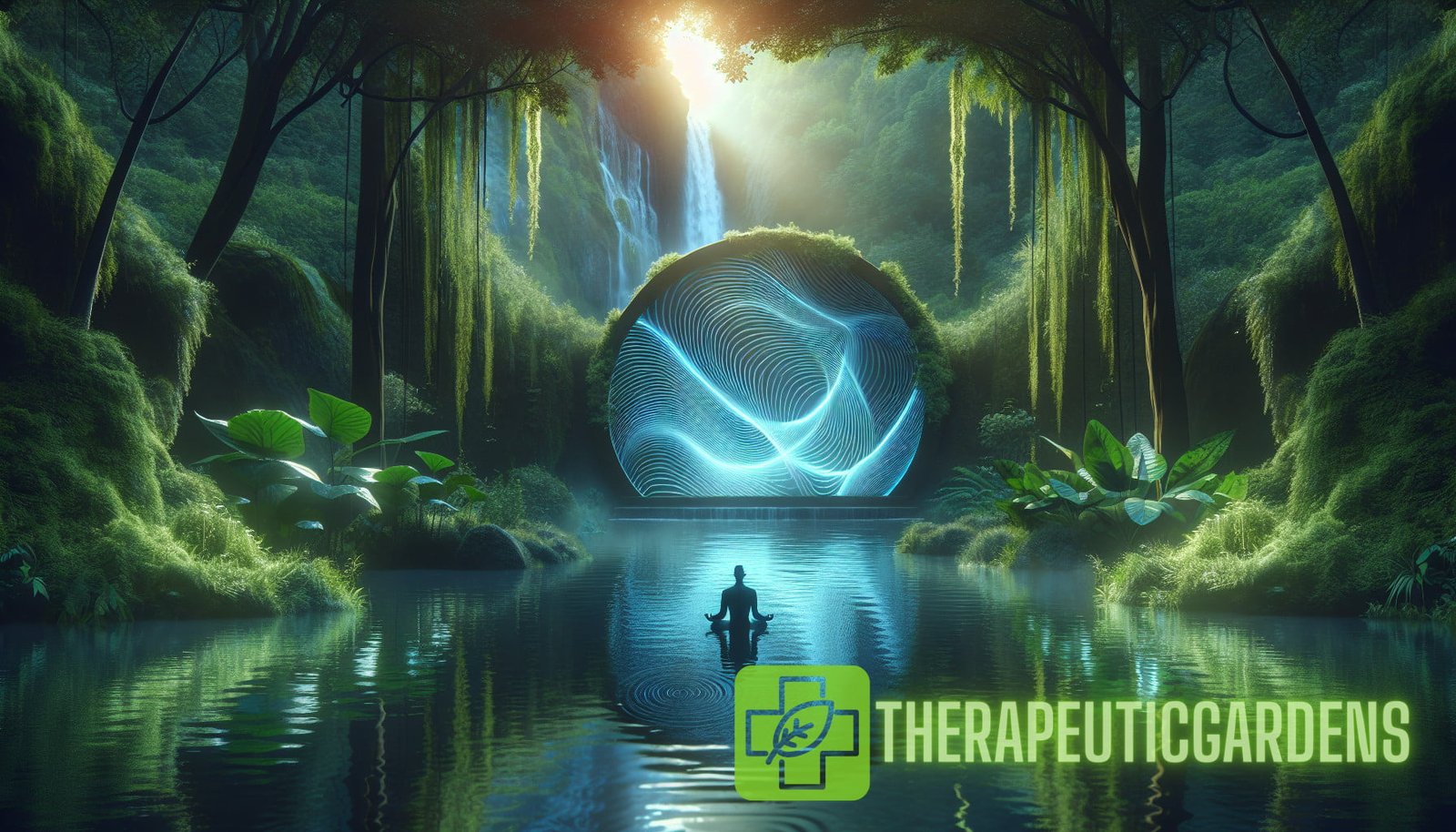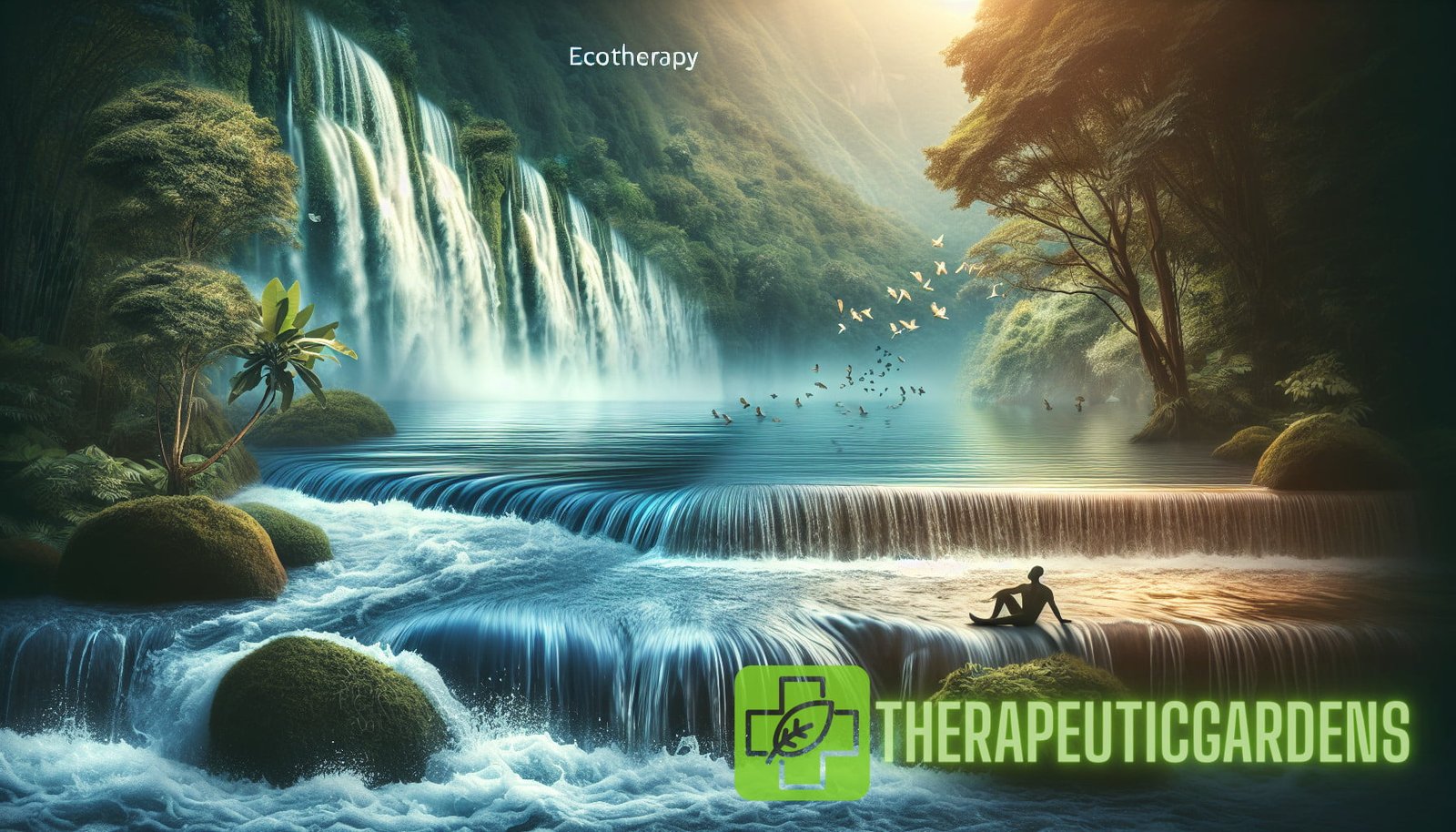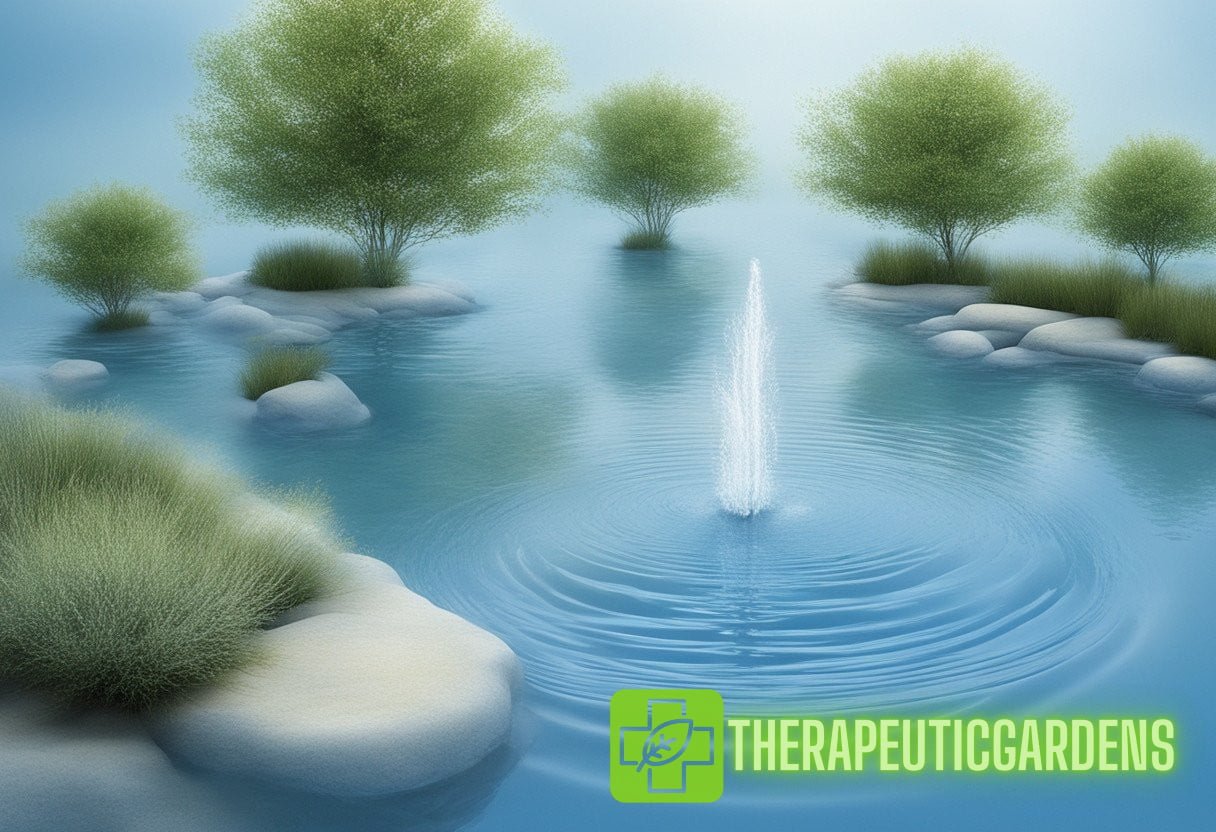Unlocking the Aquatic Symphony: Embracing the Tranquil Essence of Water in Ecotherapy
Introduction
Water has long been recognized as a source of relaxation and tranquility. The mesmerizing sound of waves crashing on the shore, the gentle babbling of a stream, or the rhythmic flow of a waterfall can have a profound effect on our well-being. This is the essence of water therapy, also known as hydrotherapy, aquatic therapy, or aquatherapy.
In recent years, the therapeutic potential of water has gained recognition in ecotherapy, a form of therapy that aims to promote mental and emotional well-being through connection with nature. Water, in all its forms, has the power to soothe the soul and provide a healing environment for the mind and body. In this article, we will delve into the transformative benefits of water therapy in ecotherapy, exploring how it can help unlock the aquatic symphony and embrace the tranquil essence of water.
The Healing Power of Water
Water has been revered throughout history as a symbol of purity, life, and renewal. Its therapeutic properties have been recognized across cultures, from ancient civilizations to modern-day practices. Here are some ways in which water can promote healing and well-being:
- Stress Reduction: Immersing oneself in water can lower stress hormones, such as cortisol, and promote a sense of relaxation and calmness. The buoyancy of water creates a weightless sensation that eases tension in the body and mind.
- Improved Mood and Mental Health: Water has the ability to elevate mood, reduce anxiety, and alleviate symptoms of depression. The gentle movement and rhythmic sounds of water can create a meditative state, allowing individuals to find inner peace and clarity.
- Physical Rehabilitation: Water therapy is widely used in physical rehabilitation to improve mobility, strength, and balance. The buoyancy of water reduces the impact on joints and muscles, making it an ideal environment for those recovering from injuries or living with chronic pain.
- Connectivity and Mindfulness: Being near or in water allows us to connect with the natural world and practice mindfulness. The sound of water can serve as a focal point for meditation, helping individuals become more present and aware of their surroundings.
Water Environments in Ecotherapy
Water therapy in ecotherapy can take various forms, depending on the natural water environments available. Here are some common water environments used in ecotherapy:
- Beaches and Coastlines: Beaches and coastlines provide a serene setting for water therapy. The combination of soothing waves, fresh sea air, and the warmth of the sun can create a unique healing experience.
- Rivers and Streams: The gentle flow of rivers and streams can offer a peaceful atmosphere for water therapy. Walking along riverbanks or dipping your feet in the water can promote relaxation and a sense of connectedness to nature.
- Waterfalls and Cascades: The rhythmic sound and hypnotic flow of waterfalls and cascades can have a mesmerizing effect, inducing a state of tranquility and awe. These natural wonders provide an ideal backdrop for reflection and self-discovery.
- Lakes and Ponds: The stillness of lakes and ponds can offer a serene environment for water therapy. Whether it’s swimming, kayaking, or simply sitting by the water’s edge, these tranquil spaces provide an opportunity to unwind and rejuvenate.
It’s important to note that not all water environments are accessible to everyone. In urban areas, individuals may have limited access to natural water bodies. In such cases, man-made water features, such as fountains or artificial lakes, can be incorporated into therapeutic gardens or urban parks to provide a similar sensory experience.
Activities for Water Therapy
Water therapy can be experienced through a variety of activities, each offering its own unique benefits. Here are some activities that can be incorporated into an ecotherapy session:
- Swimming or Floating: Swimming or floating in water can create a weightless sensation, relieving stress and tension in the body. It allows individuals to disconnect from the outside world and focus on the soothing qualities of water.
- Water Meditation: Sitting by the water’s edge and practicing meditation can help calm the mind and enhance mindfulness. The sound of water can serve as a focal point, aiding in relaxation and deepening the meditative experience.
- Waterfall Therapy: Standing near a waterfall and allowing its rhythmic flow to envelop you can induce a sense of awe and wonder. The negative ions generated by waterfalls can have a positive effect on mood and overall well-being.
- Kayaking or Canoeing: Exploring lakes, rivers, or coastlines in a kayak or canoe provides an opportunity for physical activity, while also connecting with the water element. It allows individuals to immerse themselves in nature and experience the therapeutic benefits of water.
- Aquatic Bodywork: Aquatic bodywork, such as water massage or Watsu, combines the healing properties of water with gentle stretches and massage techniques. It can promote deep relaxation, improve circulation, and relieve muscle tension.
These activities can be modified to suit individual preferences and abilities. It’s important to prioritize safety and ensure that proper precautions, such as wearing a life jacket or having a trained therapist present, are taken when engaging in water therapy.

The Science Behind Water Therapy
The therapeutic benefits of water therapy are supported by scientific research. Studies have shown that water therapy can have a positive impact on various aspects of well-being, including physical, psychological, and emotional health. Here are some key findings:
- A study published in the Journal of Experimental Psychology found that being near water can induce a relaxed state and enhance creativity.
- Research conducted by the University of Exeter Medical School revealed that living close to water, such as lakes or rivers, is associated with improved mental health and well-being.
- A systematic review published in the Journal of Physical Therapy Science concluded that water therapy is effective in improving joint mobility, muscle strength, and balance in individuals with musculoskeletal disorders.
- A study published in the Journal of Alternative and Complementary Medicine found that water-based activities, such as swimming or hydrotherapy, can significantly reduce symptoms of anxiety and depression.
These studies demonstrate the scientific basis behind the therapeutic benefits of water and its potential to enhance well-being. Further research is being conducted to explore the mechanisms through which water therapy exerts its effects and to develop evidence-based guidelines for its implementation in clinical settings.
Integration with Ecotherapy
Water therapy is a valuable component of ecotherapy, as it allows individuals to connect with the natural world and tap into the healing power of water. By integrating water environments and activities into ecotherapy sessions, therapists can enhance the therapeutic experience and promote holistic well-being.
Water therapy can be combined with other ecotherapy practices, such as gardening or forest bathing, to create a comprehensive healing program. The sound of water can be incorporated into therapeutic gardens, with the presence of fountains or water features creating a soothing and tranquil ambiance.
Immersing oneself in water can be a powerful metaphor for surrendering to the flow of life and letting go of stress or emotional burdens. It reminds individuals of the constant ebb and flow of the natural world and encourages them to embrace change and renewal.
Conclusion
Water therapy is a potent tool in the realm of ecotherapy, allowing individuals to unlock the aquatic symphony and embrace the tranquil essence of water. Whether it’s through swimming, meditating by the water’s edge, or simply listening to the rhythmic sounds of waves, water has the power to heal, rejuvenate, and uplift the spirit.
By integrating water environments and activities into ecotherapy sessions, therapists can harness the transformative benefits of water and create a harmonious connection between individuals and the natural world. The therapeutic potential of water is vast, and further research is needed to uncover its intricate mechanisms and fully utilize its healing properties.
As we dive deeper into the realm of ecotherapy and continue to explore the transformative benefits of connecting with nature, let us not forget the profound impact that water, in all its forms, can have on our well-being.
Internal Links:
- Discover the Transformative Benefits of Eco-Gardening for Your Daily Well-Being.
- Discover the Incredible Benefits of Ecotherapy for Enhancing Well-Being.
Water therapy plays a significant role in ecotherapy, promoting relaxation and enhancing well-being. By immersing oneself in water, individuals can tap into the healing power of nature and experience a sense of tranquility and renewal. Incorporating water environments and activities into ecotherapy sessions can create a comprehensive and transformative therapeutic experience.
For more information about ecotherapy and its benefits, please visit Wikipedia.



